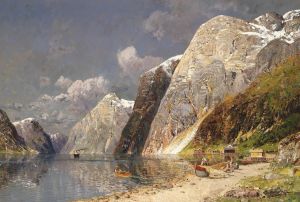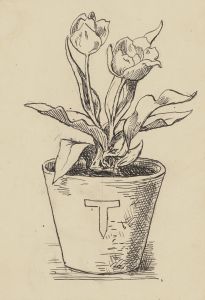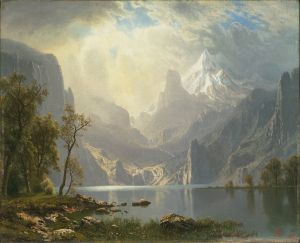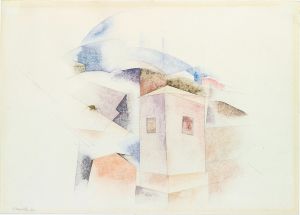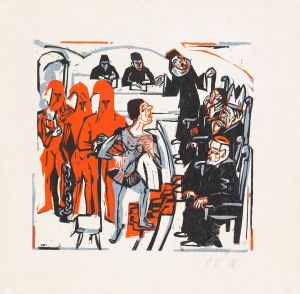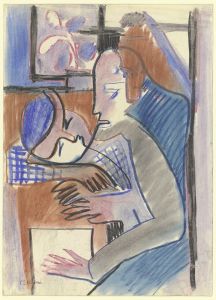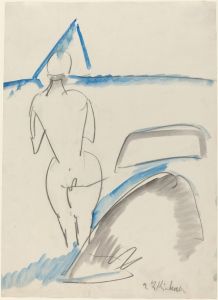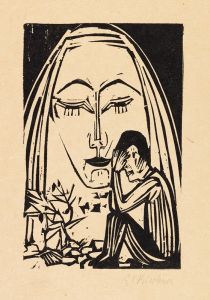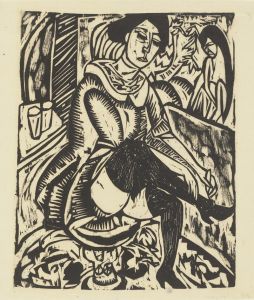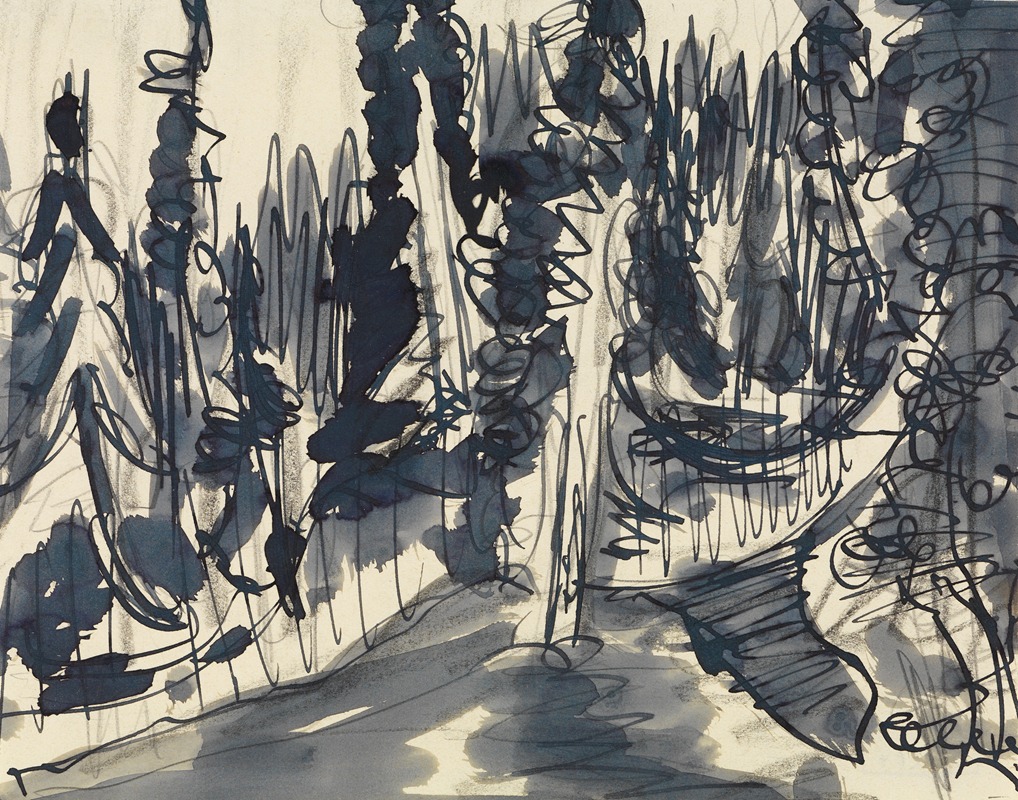
Tannenwald
A hand-painted replica of Ernst Ludwig Kirchner’s masterpiece Tannenwald, meticulously crafted by professional artists to capture the true essence of the original. Each piece is created with museum-quality canvas and rare mineral pigments, carefully painted by experienced artists with delicate brushstrokes and rich, layered colors to perfectly recreate the texture of the original artwork. Unlike machine-printed reproductions, this hand-painted version brings the painting to life, infused with the artist’s emotions and skill in every stroke. Whether for personal collection or home decoration, it instantly elevates the artistic atmosphere of any space.
Ernst Ludwig Kirchner, a prominent German expressionist painter and one of the founding members of the art group Die Brücke, created numerous works that exemplify the vibrant and emotional style of early 20th-century expressionism. Among his notable works is Tannenwald (translated as "Pine Forest"), a painting that reflects Kirchner's fascination with nature and his innovative approach to color, form, and composition.
Tannenwald is believed to have been painted during Kirchner's time in Davos, Switzerland, where he moved in 1917 to recover from the physical and psychological effects of World War I. The Swiss Alps and surrounding landscapes became a significant source of inspiration for his art during this period. The painting depicts a dense forest of pine trees, rendered in Kirchner's characteristic bold and expressive style. Using vibrant, non-naturalistic colors and dynamic brushstrokes, Kirchner captures the emotional resonance of the natural environment rather than its literal appearance. The work conveys a sense of vitality and movement, emphasizing the artist's deep connection to the landscape.
Kirchner's time in Davos marked a shift in his artistic focus, as he increasingly turned to themes of nature and rural life. This change was partly influenced by his desire to escape the industrialization and urbanization that had characterized much of his earlier work in Berlin. Paintings like Tannenwald reflect his attempt to find solace and renewal in the natural world, as well as his ongoing exploration of expressionist techniques.
The exact date of Tannenwald's creation is not definitively documented, but it is generally associated with Kirchner's post-war period in Switzerland. The painting exemplifies his mature style, characterized by a heightened emotional intensity and a departure from strict realism. Kirchner's use of exaggerated forms and colors in Tannenwald aligns with the broader goals of the expressionist movement, which sought to convey subjective experiences and emotions through art.
Today, Tannenwald is recognized as an important example of Kirchner's later work and his contribution to modern art. The painting is held in a private collection or museum, though specific details about its current location or provenance are not widely available. Kirchner's legacy as a leading figure in expressionism continues to be celebrated, and works like Tannenwald remain influential in the history of 20th-century art.





